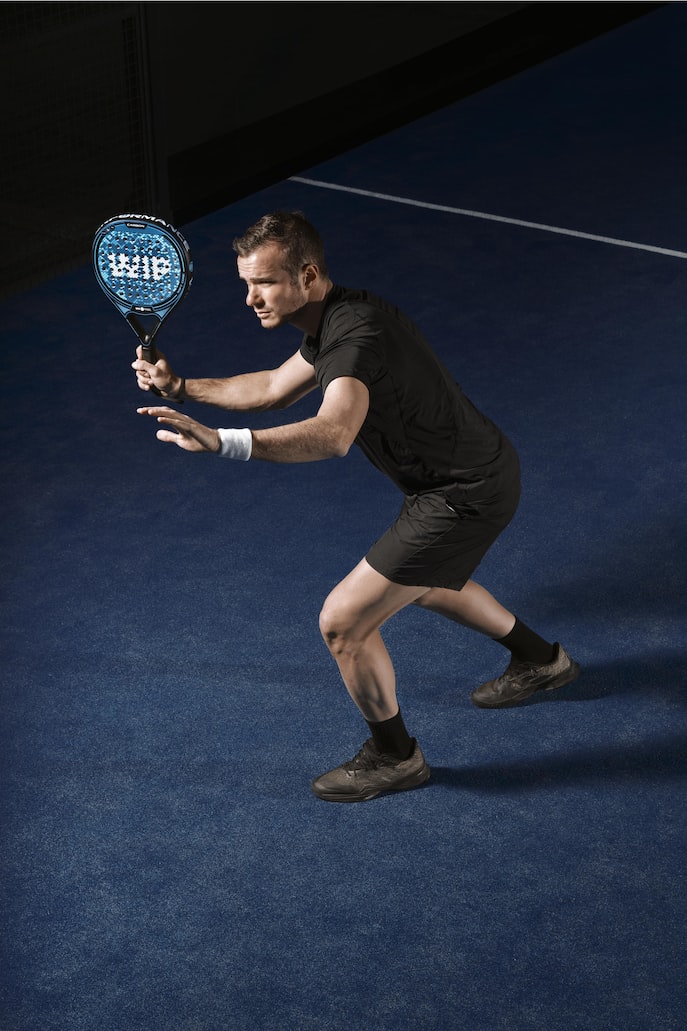The Art of Counterattacking: How to Respond to Opponent’s Groundstrokes in Padel
3 min read
The Art of Counterattacking: How to Respond to Opponent’s Groundstrokes in Padel
If you are an avid padel player, you know that the game is not just about hitting the ball hard. It is also about strategy, smart movements, and quick thinking. One of the most important skills that you need to master in padel is counterattacking.
In this article, we will go over some tips and tricks on how to counter a groundstroke in padel. So, buckle up, grab your racket, and let’s get started!
What is a groundstroke in padel?
Before we dive into the techniques, let us first understand what a groundstroke is. In padel, a groundstroke refers to a shot that you hit after the ball has bounced on the court. It is one of the most common shots in padel, and you will likely encounter it often in your matches.
The Different Types of Groundstrokes
There are four basic types of groundstrokes in padel:
- Forehand groundstroke
- Backhand groundstroke
- Forehand slice or drop shot
- Backhand slice or drop shot
As a padel player, you need to be able to counter all of these shots effectively. This can be challenging, especially if your opponent is hitting the ball hard and with accuracy. But, with practice and the right technique, you can master the art of counterattacking.
The Right Technique
The key to counterattacking in padel is to be quick on your feet and to position yourself correctly. To counter a groundstroke, you need to anticipate where the ball is going to bounce and move towards it quickly. This means that you need to be on the balls of your feet, ready to move in any direction.
When it comes to technique, there are two basic approaches that you can take:
Block the Ball
Blocking the ball is the most common way to counter a groundstroke in padel. To do this, you need to place your racket in front of you and let the ball come in contact with it. You do not need to swing your racket, but rather, allow the ball to bounce off your racket and back towards your opponent’s side of the court.
This technique is effective because it does not require a big swing, which means that you have more time to position yourself for your next shot.
Take a Swing
If your opponent’s groundstroke is weak or short, you can take a swing at the ball. This means that you need to swing your racket and hit the ball with force. To do this, you need to position yourself correctly and use your body weight to generate power.
Taking a swing is a riskier approach, as it requires more time and energy. However, if you do it correctly, you can catch your opponent off guard and win the point.
Practice Makes Perfect
If you want to be able to counter a groundstroke effectively in padel, you need to practice regularly. This means that you need to work on your footwork, technique, and strategy. You can do this by playing matches, doing drills, and working with a coach or partner.
Remember that padel is a fast-paced game, so you need to be quick on your feet and sharp in your thinking. Keep practicing, stay focused, and you will become a master of the art of counterattacking.
Conclusion
In conclusion, knowing how to counter a groundstroke in padel is crucial if you want to win matches. You need to be quick on your feet, position yourself correctly, and use the right technique. Practice regularly, work on your footwork and strategy, and you will be able to counter your opponent’s groundstrokes with ease.
So, next time you step onto the padel court, remember these tips, and show your opponent what you are made of. Good luck!






